Driving Safely in Winter Weather – To Grandma's House We Go!
One of the joys of the holiday season is the opportunity to see family and friends that live far away. Unfortunately, this often involves more than a simple journey of “over the river and through the wood.” Crowded highways are the new normal, resulting in greater exposure to potential accidents. Many drivers will be travelling in unfamiliar areas, which could lead to distractions from checking the GPS. Winter weather can be unpredictable, making the roads themselves dangerous, and there is always the unfortunate possibility that revelers will hit the road before they’ve completely sobered up. The best defense against unforeseen misfortune is preparedness. If you take the time to prepare your vehicle and make sure your coverage is up to date, you’ll be able to hit the road with confidence!
PREPARING FOR WINTER WEATHER
If your journey takes you into areas where chances of freezing precipitation are high, make sure you’ve downloaded a trusted weather app and have identified local radio stations that can inform you of road closures and suggestions for alternate routes should conditions become dangerous. Regardless of snow or ice, colder temperatures make it all the more important for your car to be in tip-top condition. Before you leave, take your car in to your care center to have winterized washer fluid in your reservoir, oil levels, transmission fluids, and power steering checked. You should also make sure your radiator fluid is weather safe and your tires are properly inflated with plenty of tread.
When you’re packing up your car try to make sure any gifts or valuable aren’t on display, especially if you plan to stop for the night. You’ll also want to “winterize” the emergency kit you keep in the car by adding kitty litter (for traction on icy roads), insulated gloves, a blanket, a foldable shovel (for help digging out of snow drifts), a window scraper/snow brush, paper maps (in case your GPS fails), and de-icer for frozen locks and windshields. You can make your own de-icer by mixing 2/3 rubbing alcohol with 1/3 water in a spray bottle). Another DIY idea: keep a couple pair of tube socks in your car! These can be used to cover your windshield wipers and will make defrosting the windows in the morning that much easier. Small, portable battery powered units that can jump start your car in emergencies can also provide peace of mind for longer travels.
ON THE ROAD
You’ve done all of the prepping you can, and now it’s time to actually get on the road. Throughout your journey, don’t let your fuel fall below ½ a tank in case you find yourself stranded—you want to have plenty left to keep the heat going. Avoid all distractions when you’re driving, including eating and using your phone. Being distracted for as little as five seconds, even if you’re only travelling at 55 MPH, means your car can travel up to 100 yards without your awareness. That’s the distance of a football field! Remaining attentive will allow you to stay alert to any potential dangers, whether they’re weather-related or have to do with other drivers on the road. If you run into winter weather, you should increase the distance you normally leave between you and the vehicle in front of you. Slick conditions mean braking time is slower.
In areas where snowplows are in operation it can be tempting to try and pass slow-moving plows or sand trucks. Do your best to resist temptation, however, as these vehicles are purpose-built and may be hampered by limited visibility. There is always the possibility that the road ahead of them is more challenging than what results from following at a safe distance. Remember: when it comes to winter weather, slow and steady is the safest way to finish the trip. In addition to slowing down, there are practical adjustments to make to your driving. If you experience limited visibility due to snow, fog or heavy rain, make sure you use your fog lights—not your brights. Using the high beams could blind oncoming traffic and actually reflect off of suspended particles in fog, decreasing your distance vision. When it’s hard to see, stay to the far-right side of the road, and look for the painted white fog line. This grants you additional time to correct if you start to drift toward the median or centerline. In all winter weather, remember to brake gradually. Slamming on the brakes could send you into a tailspin. Of course, should the worst happen and you find yourself in an accident, you can acquaint yourself with some auto accident best practices contained in an earlier posts.
TRUCKS & EVS
If you drive a pickup truck or electric vehicle (EV), there are a few special considerations for driving in winter weather. Snow tires, for example, take on a real significance when you drive a pickup truck. Snow tires have softer rubber and provide better grip and traction, allowing you to stop faster than those equipped with standard, all-season tires. Larger vehicles like pickup trucks also benefit from added weight in the truck bed. Place weighted bags directly above the rear axle to aid in traction. If your vehicle has 4-wheel drive (4WD), it’s recommended you use it in icy conditions and avoid sudden steering changes and accelerate slowly.
Driving an electric vehicle? Factor in a reduced range when making your travel plans. Cold weather impacts every vehicle’s mileage thanks to added time spent in slow-moving traffic and driving through resistance like snow, but EV drivers will need to make extra sure they have a plan in advance when it comes to making stops to recharge. When it’s cold out, be careful to note the impact of cranking up the heat. Gas-powered cars use the heat from the engine to help heat the cabin, but EVs draw power for the heater directly from the battery. For longer road trips, consider using the “Eco” setting to reduce electrical draw. If you EV is equipped with this feature, pre-programming planned charging stops into your vehicle may allow your car to pre-condition the battery to optimize the time it takes to charge fully.
The best-case scenario for travelling during the holidays is being overprepared for events that never actually occur. If an accident does occur or unexpected weather moves in, you’ll be thankful for the time and effort you took to prepare yourself and your vehicle for any eventuality. New Toyota drivers can count on ToyotaCare—a plan that covers normal, factory scheduled maintenance and offers 24-hour roadside assistance for 2 years and unlimited miles. Want to make sure you’re covered in the event of an accident, regardless of where it happens? Toyota Insurance is here to help you navigate the world of insurance, come rain or shine.
*This is a sponsored article
More by AutoGuide.com News Staff



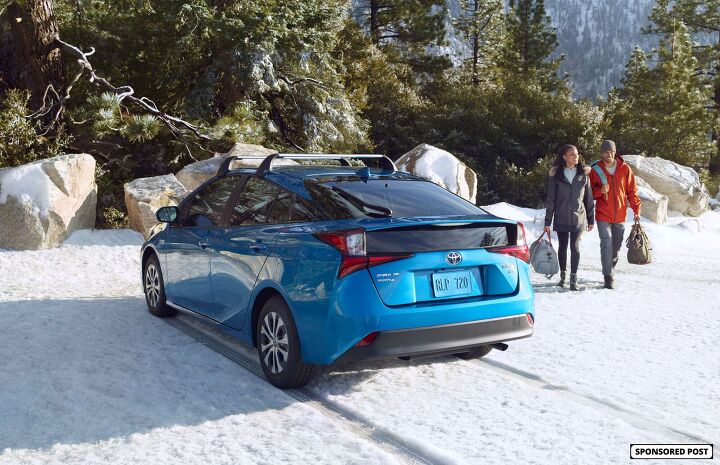




















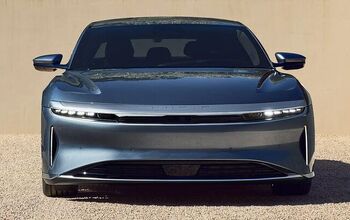
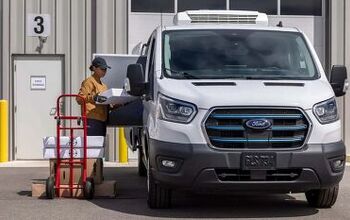


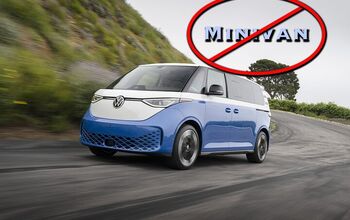

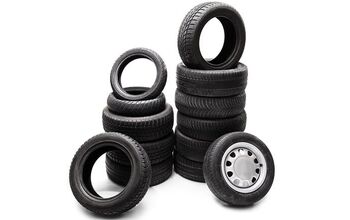




Comments
Join the conversation